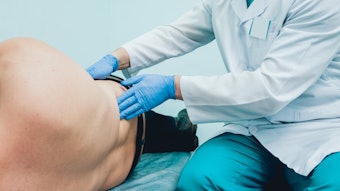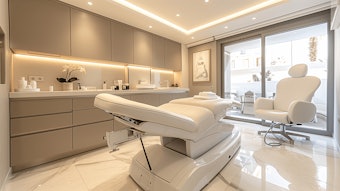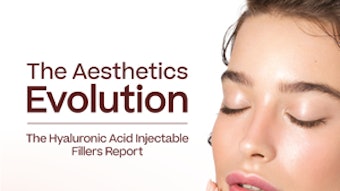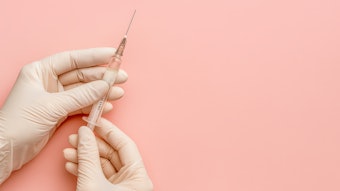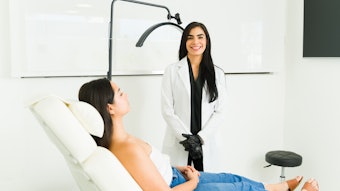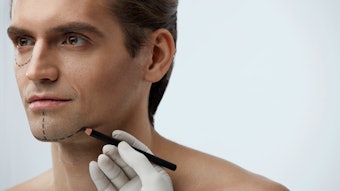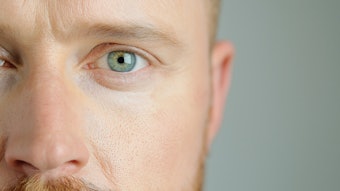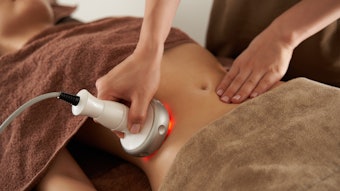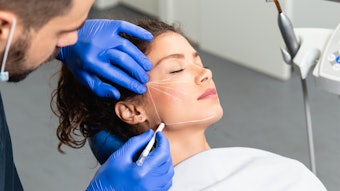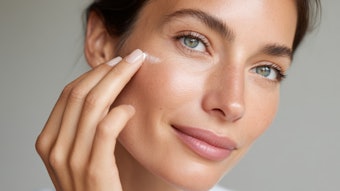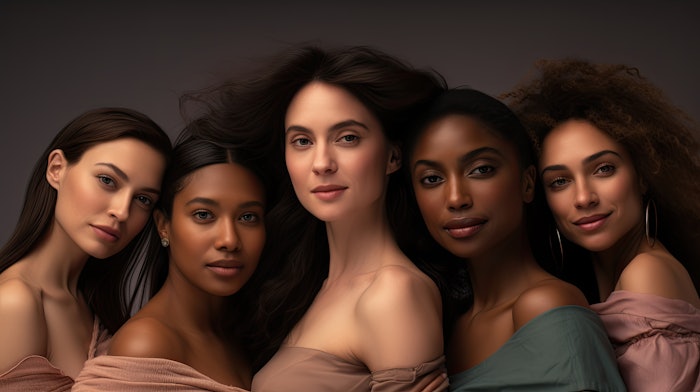
Medical aesthetics is a realm of solutions for women and men experiencing a multitude of skin and bodily function concerns. The medical aesthetics industry sees women who’ve won a fight against breast cancer; women who wish to feel seen and fulfilled intimately; men gaining their confidence back after hair loss, and young people who are driven by looking and feeling their best for years to come online and offline. Cosmetic enhancements are for everyone.
This is why, in a space like aesthetics, inclusivity and diversity is critical. Inclusivity not only entails cognizance of different skin texture and tones depending on race or gender, but also finance options, which you will read about in this issue.
The May/June issue, centered on inclusivity in aesthetics, highlights the significant but often overlooked topic of women's sexual health, emphasizing the need for more research and open, normalized discussions. It also explores the growing trend of men entering the cosmetic treatment space that has often been dominated by women, including the rise of "Brotox.”
This all signals a shift in traditional beauty norms and challenging gendered perceptions of self-care.
Given that reconstruction procedures and cosmetic treatments are prevalent in our entire population, regardless of age, class, gender or race, we must acknowledge that care inequity among marginalized groups is widespread. Having a physician with similar experiences has a significant impact on the provision of care [1].
Whether plastic surgeons or aesthetic practitioners are managing a severe burn, breast reconstruction or reversing the effects of facial aging, promoting patient autonomy, cultural competency, individual identity and acknowledging their own implicit biases is vital [1].
Wishing you abundance,
Jamie O’Toole, Associate Managing Editor
References:
1- https://pmc.ncbi.nlm.nih.gov/articles/PMC9096862/
